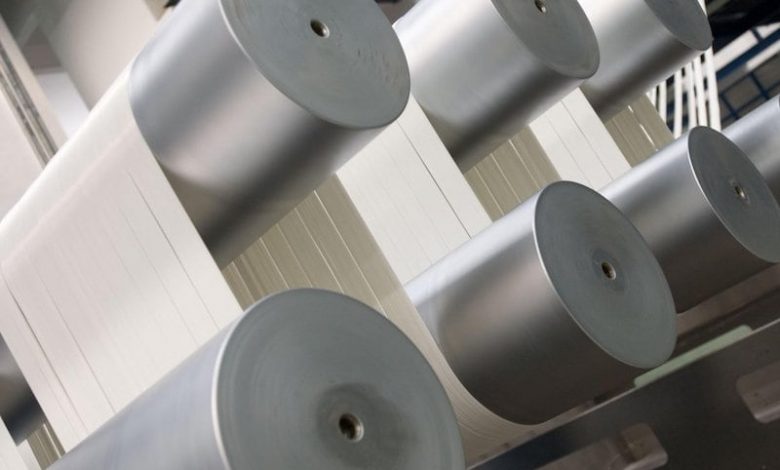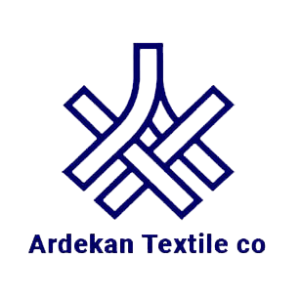
Custom definitions are an obstacle to the competitiveness of the textile industry
Abbas Sarsharzadeh stated that until now the tariff system has not been in the direction of supporting production and added: The tariff system is one of the challenges of the textile industry and the tasteless and unexpert approach in determining the tariffs causes an increase in the total price of the production chain products and the environment It deprives Iranian producers of competition in global markets and makes it difficult to deal with smuggling.
The member of the Board of Directors of the Textile Industry Association continued: The reason why most of the imported products enter the country from a route other than customs and we are facing 4 billion dollars of smuggling in the textile industry is because of the high cost of the products and the prevailing tariff system. has created this industry.
Sarsharzadeh stated the currency of 4200 Tomans as the basis of customs duties until 1401 and said: while the import of goods with half a dollar was done at the price of 23 thousand Tomans, but the customs duties were calculated on the basis of 4200 Tomans and the 70% tariff on clothing was about It included 14% of the finished price of the goods; This means that until now, the tariffs did not do much for the industry and were merely revenue for the customs.
Referring to the difference of opinion between unions and production and sales trades in the textile industry, he said: when the tariff is discussed, yarn and fabric producers prefer the tariff of their raw materials to be low so that they can compete with foreign goods, and against the trades that They market the final product and are in favor of a high tariff to support their sales.
